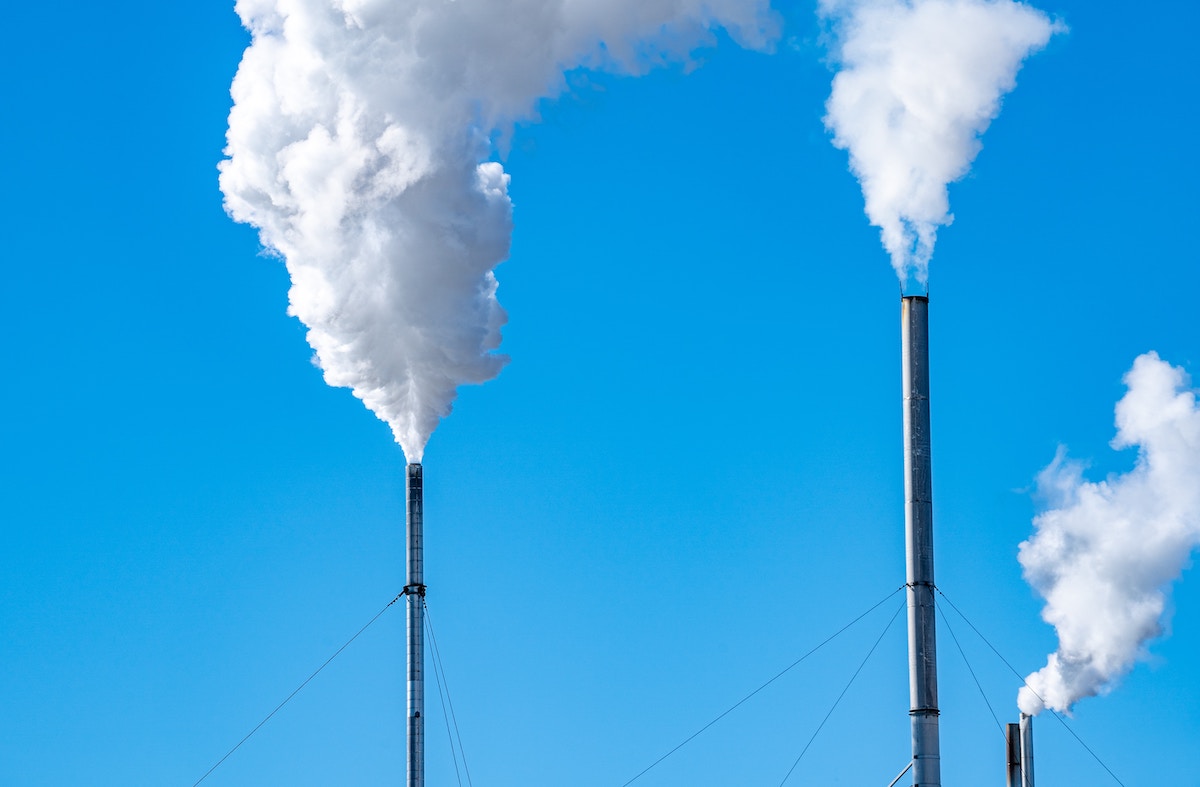Greenhouse gas emissions fell by around 10 million tonnes in France last year thanks to a mild winter and rising energy costs. Now experts hope the country can keep up the trend.
Provisional figures released on 3rd April by the French Interprofessional Technical Centre for the Study of Air Pollution (CITEPA), the organisation tasked with tracking French emissions inventories, reveal that the country saw an overall 2.5 % drop in emissions in 2022 over the previous year.
This equates to roughly 408 million tons of CO2, 10 million less than in 2021.
“We are seeing a return to the decline […] in emissions with the end of the post-Covid-19 rebound effect,” said CITEPA, who noted a sharp increase of 6.4% in 2021 credited to the post-pandemic recovery.
CO2 emissions stagnated in the first nine months of 2022, but from October to December 2022, monthly emissions are down sharply compared to those of 2021 (-9% in October, -11% in November, -5% in December), according to the CITEPA publication.
Broken down by sectors, the picture is varied. Energy and transport emissions rose by 8% and 2% respectively, whilst manufacturing fell by 8% and construction in the residential sector dropped by a healthy 15%.
The government was pleased by the news but tempered it with caution. The Minister for Energy Transition Agnes Pannier-Runacher said, “In the coming months, I will carry out an upcoming energy-climate program, which will set even more ambitious objectives as there is still a long way to go.”
The good news is tempered, however, as the majority of last year’s changes, as in other years, were due to very specific sets of circumstances. “It remains to be seen whether we will soon be able to observe a permanent drop in emissions linked to structural factors,” said Colas Robert, an engineer at CITEPA.
This leaves France in a tricky position, as these gains will not only need to be maintained, but stepped up, so that the nation’s carbon neutrality goals are met by 2050. Even the 2030 goal of a 40% decrease, which factors in new EU objectives of a 55% reduction compared to 1990 levels, will not be possible unless emission cuts are almost double that of 2022.
Sign up for the Monaco Life newsletter. For the latest news, follow us on Facebook, Twitter, and Instagram.
Photo by Chris Robert on Unsplash
